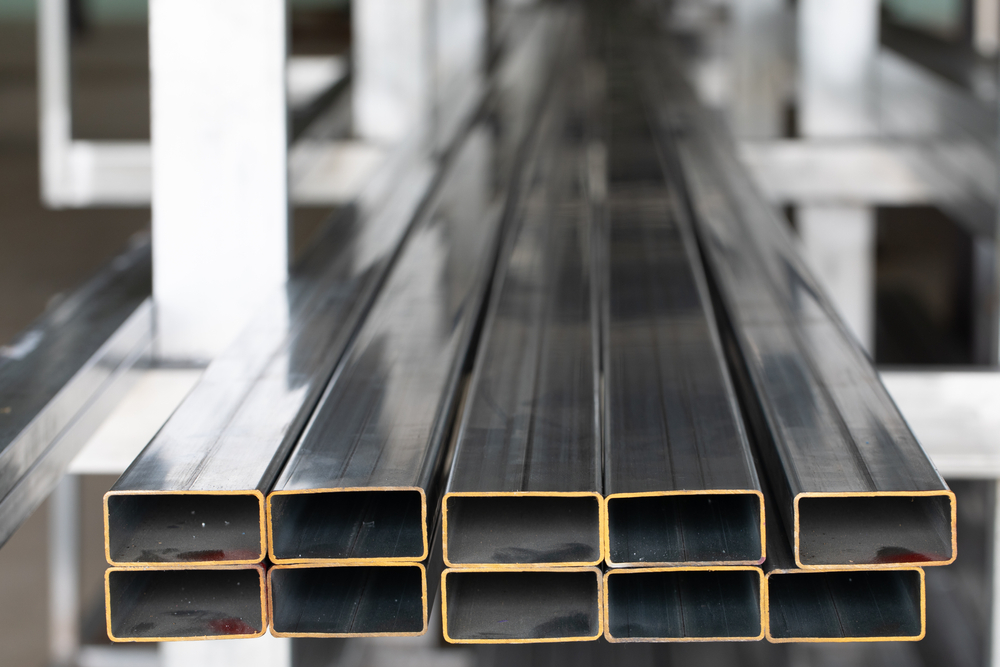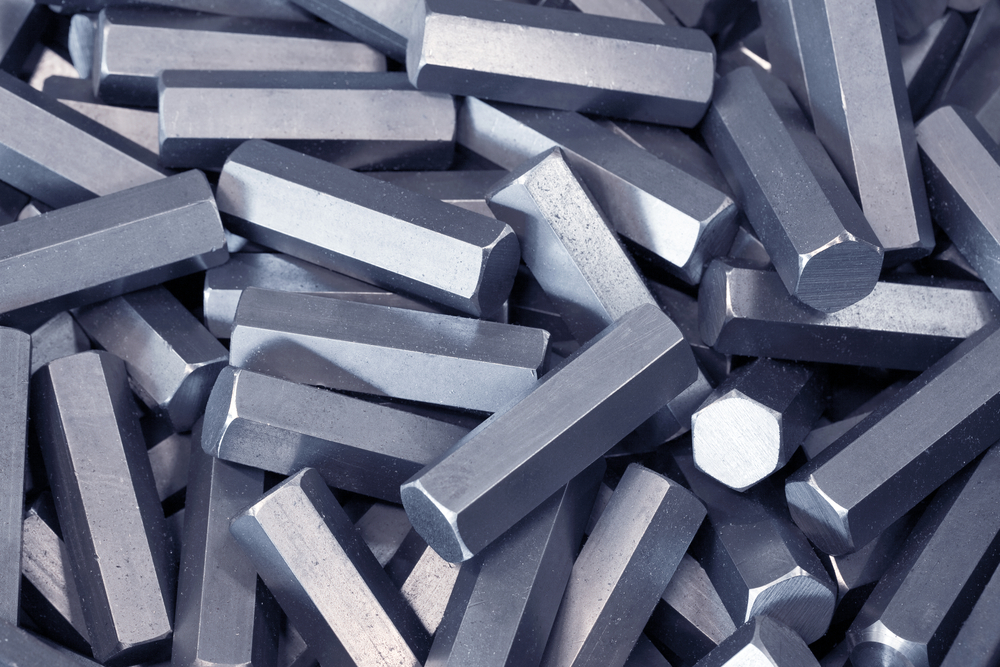People appreciate steel buildings because they are known as durable. Mainly, the steel itself plays a vital role in that aspect. But what makes steel strong in the first place? For this, it’s good to know what metal alloys are and their uses.
Strength from alloy
We know that different types of metal can be used for construction. The popular ones are aluminum, silver, copper, iron, and lead. Depending on the project, the builder can also utilize gold, brass, bronze, nickel, titanium, and zinc.
Each of these metals has uses and features. Copper, for instance, is ductile, so it is hard to break even if you deform it for a reason. On the other hand, aluminum is known for being lightweight, flexible, and recyclable. Despite metals’ good traits, they are not mighty separately to utilize for some projects or products. It is where alloying comes in to produce superior quality and sturdy by-products.
Alloy is the mixing of metals and sometimes non-metals to combine all their good features. Brass, bronze, and steel are a few examples of metal alloys. Brass is an alloy of zinc and copper, bronze is a sum of copper and tin, while the simple steel alloy is a mix of iron and carbon.
Note that the qualities of the product of metal alloys depend on the combination of elements and their proportions. Some even have an additive to enhance the pure metal. For example, aluminum alloy is aluminum with the addition of magnesium.
Uses of metal alloys
Typically, the metals that people use are already metal alloys. The compounds of elements indeed
- strengthen a material’s resistance against decaying moisture or pests
- improve a material’s durability
- can make a product inexpensive or costless
- flexible or malleable
- can conduct electricity and heat
- and create better and more valuable properties
To appreciate metal alloys’ usefulness, here are some facts about two popular typical metal alloys:
Steel itself is the most common and helpful metal alloy. Typically, it is also combined or processed with other metal and non-metal elements.
- Stainless steel is a combination of steel and chromium or nickel. What you can expect from this is a material resistant to high impact, corrosion, and fire. What’s more, it is easy to sanitize. For this reason, there are many things made of stainless steel everywhere, like kitchen utensils and surgery tools.
- Mild steel is low-level carbon steel that is valuable for manufacturing products, especially in construction and automobiles. Mild steel is also present in steel building parts.
- Structural steel is almost similar to mild steel but has a higher proportion of carbon (maximum is around 2.1%), so it’s sturdier. The products made of this are parts that make a structure’s foundation, such as pipes, beams, and bars.
- Galvanized steel is zinc-coated steel to make it corrosion-resistant. It is perfect for the roof, bolts, and nails.

Brass is also known for being low friction and easy to machine element. Some examples of brass-made products are handles, railings, plumbing fixtures, and locks.
Brass’ properties will also improve when combined with lead, manganese, arsenic, or phosphorus. With these, it’s more corrosion-resistant against decaying seawater. It is also why it is valuable in building boats and ships. Explore how the type of metal actually affects resistance.

